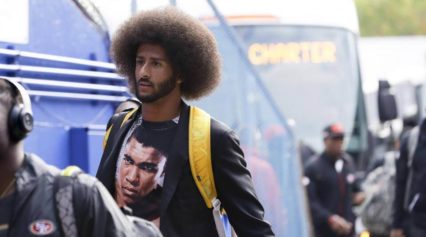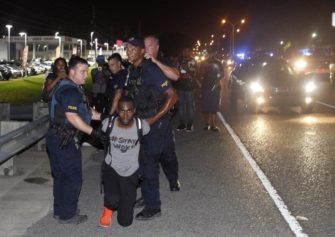International outrage over depictions of the Muslim Prophet Mohammed has sparked another violent incident, this time in Pakistan. At least 15 people were killed during protests on Friday, as Islamic communities rallied against a French publication’s use of the Prophet’s image.
Satirical weekly Charlie Hebdo’s publication of a number of cartoons including a cover shot with a wheelchair bound Muslim man under the headline “Intouchables 2,” followed protests of an American film’s depiction of Mohammed. Those demonstrations led to an attack on the U.S. embassy in Libya, which injured nearly 30 people and killed four, including U.S. ambassador Chris Stevens.
In the wake of the renewed controversy, France has banned all protests over the cartoon, with Interior Minister Manuel Valls promising “there will be strictly no exceptions. Demonstrations will be banned and broken up.” The French government has been criticized for its treatment of Muslim citizens, despite having the largest Muslim population in Western Europe. Just last year, the country implemented a ban on the face veils, or niqabs, worm by Muslim women. Still, even Islamist governments such as Tunisia have chosen to ban protests against the Charlie Hebdo cartoon.
“They hate him (the Prophet Mohammad) and show this through their continued works in the West, through their writings, cartoons, films and the way they launch war against him in schools,” Abdessalam Abdullah, a Palestinian preacher working in Beirut, Lebanon, told Reuters.
Tens of thousands gathered in Pakistan across several cities, supported by the government. Prime Minister Raja Pervez Ashraf called the insults against Mohammad “an attack on the whole 1.5 billion Muslims,” and declared Friday a “Day of Love” for the Prophet. However, the demonstrations turned to violence in multiple cities, with hundreds being wounded in the chaos. Of the 15 dead, three were police officers.
Last year, Charlie Hebdo’s offices were firebombed shortly after an edition of the magazine featured Mohammed as a “guest editor.”


